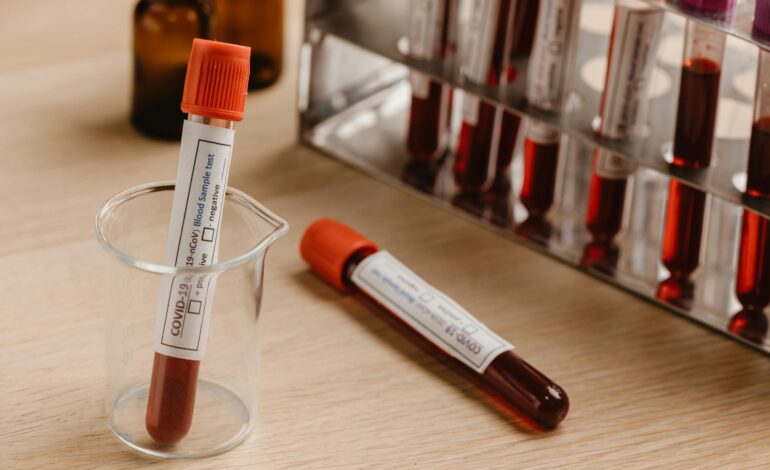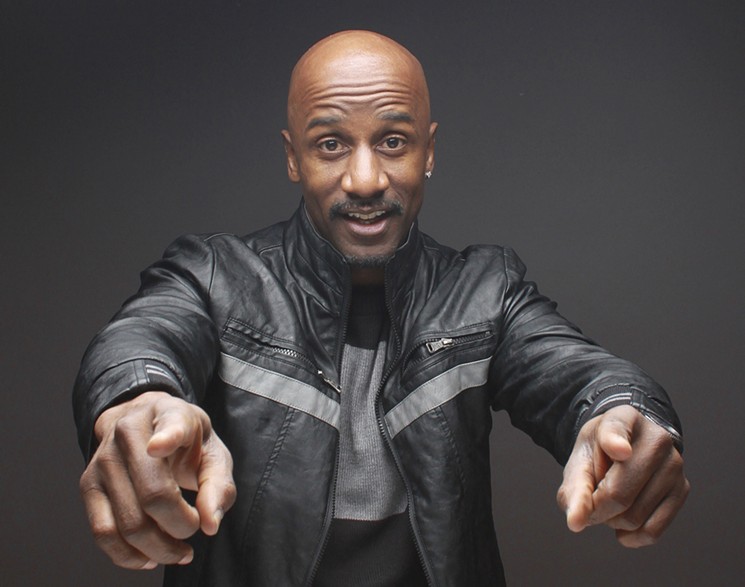Amazon’s At-Home Blood Test Launches — But Not Where You Think
Amazon just entered the blood—literally. Earlier this year, the tech giant quietly rolled out at-home blood testing kits in India, leapfrogging the U.S. entirely. While Silicon Valley buzzes about longevity

Amazon just entered the blood—literally.
Earlier this year, the tech giant quietly rolled out at-home blood testing kits in India, leapfrogging the U.S. entirely. While Silicon Valley buzzes about longevity drugs and advanced wearables, Amazon skipped the hype and went straight for the data—starting with blood data.
And yes: they launched in India, not the U.S.
Amazon Diagnostics: Now in Your Veins (In India)
Amazon’s new health venture—Amazon Clinic Diagnostics—offers at-home blood collection for common tests like complete blood count, thyroid panels, vitamin levels, liver enzymes, and more:
- Choose your test via the Amazon platform.
- A local phlebotomist visits your home.
- Blood is sent to partnered labs.
- Results are delivered digitally—often for under $10 USD per panel, even in major Indian cities.
But there’s no equivalent service in the U.S. just yet.
Decentralizing Diagnostics: Healthcare That Comes to You
This move highlights a larger trend in healthcare—bringing testing out of hospitals and into everyday life. It’s not just about convenience; it signifies a shift toward decentralized, patient-centered care.
However, access alone isn’t enough. The real challenge is transforming raw data into meaningful, actionable insights. A test result sitting unread in an app doesn’t empower anyone. Users need context: What does this number mean for me? Should I adjust my diet, talk to a doctor, or simply follow up later?
When healthcare meets people where they are—right in their homes, on their devices, in real time—that’s when meaningful change can happen. It’s not just about giving people more information; it’s about giving them tools, clarity, and the confidence to manage their own health.
Why India Was First: Strategy, Scale, Speed
India makes strategic sense for Amazon’s diagnostics debut:
- Population density: Over 1.4 billion people with limited centralized healthcare infrastructure.
- Digital readiness: Hundreds of millions already using smartphones for health and commerce.
- Cost-conscious markets: Affordable pricing is essential to reach scale.
- Regulatory flexibility: Less red tape compared to the U.S., enabling faster rollout.
In contrast, launching in the U.S. presents hurdles: varied phlebotomy licensing, strict CLIA lab requirements, HIPAA-compliant data rules, and a fragmented insurer ecosystem. India offers Amazon a testing ground to refine their service and gather data efficiently.
Eyes on the Prize: Amazon’s Health Data Ambitions

This quietly bold strategy gives Amazon more than diagnostic visibility—it gives them data.
Imagine millions of anonymized test results combining into massive datasets on nutrition, metabolic health, vitamin levels, early disease markers, and more. This intelligence is invaluable for:
- AI-trained diagnostics
- Preventive health platforms
- Pharma and clinical trials
- Insurance risk profiling
If Amazon can build the tools to interpret blood results effectively—and ethically—the next step in the U.S. could be transformative.
Mind the Ethics: Privacy, Oversight, and Trust
All this convenience raises critical questions:
- Who owns your blood data?
- Will results be sold to third parties?
- Can governments or insurers access them?
- How secure is the data pipeline?
In India, digital health regulation is still evolving. Without stringent privacy and transparency standards, Amazon’s expansion may set global precedents—some of which could be troubling.
Stiff Competition: Who’s in the ARena?
Amazon isn’t alone. In the U.S., services like Thorne, Everlywell, and Levels offer at-home blood tests with analysis—but often at premium prices. Amazon’s edge lies in scale, logistics, and affordability.
Their global rivals include:
- Apple and Google, exploring health data platforms
- Roche and Abbott, pushing traditional diagnostics
- Telehealth platforms, connecting diagnosis and care delivery
- Nonprofit and government initiatives, focused on underserved populations
Amazon’s move signals that health testing is going mainstream—and fast.
The Future of Diagnostics: What Lies Ahead
Expect a ripple effect:
- A U.S. rollout follows early success in India
- AI tools interpret blood data for users, not doctors
- Integration into wellness platforms and smarter wearables
- Home diagnostics become routine: saliva, urine, genetic tests
- Voice assistants prompt health check-ins based on trends
Amazon isn’t just launching a service. They’re building the infrastructure for a new era of health monitoring—by and for users.
Final Thoughts: It’s Not Just About What’s in Your Blood
Yes, a needle and a phone in your hand. No flashy gadget, no PR blitz, just real-world health insights.
Amazon’s at-home diagnostics show what’s possible when healthcare meets people where they are. If done right—affordably, transparently, and accessibly—it could be a watershed moment for public health.
The real question isn’t whether Amazon brings this to the U.S.—it’s how much of our personal health we’re willing to hand over for convenience.
Stay sharp. Your blood is talking. Will we listen?
By Dawn of the Underground for Ravoke.com








